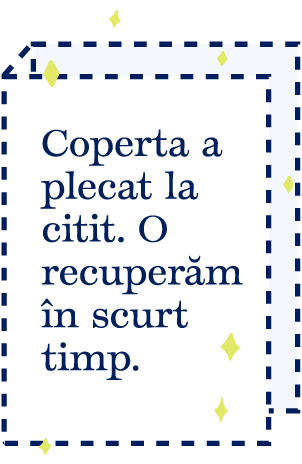One evening in 1961, in the Greyhound pub in Carshalton, Surrey, 20-year-old Chris Torrance - solicitor's clerk with novelistic ambitions - encountered a volatile Mob of nascent artists, writers and musicians. For Torrance, this was "the most important day of my life". Dazzled, he was soon joining in their activities: wild weekends in the country, his first scary public readings, and, from 1963, co-editing the poetry and jazz magazine Origins/Diversions. In literary terms, Torrance's greatest influence from the group was Bill Wyatt, who introduced him to "useful short forms" like haiku, and to William Carlos Williams' Paterson. Wyatt, later a prolific poet, translator, naturalist, and the first Zen monk ordained in Britain, remained a life-long friend and ally. Origins/Diversions connected Torrance to other 'underground' writers and publishers, including Tina Morris and Dave Cunliffe in Blackburn, and, through them, Lee Harwood in London. In June 1964 Harwood came to Carshalton for a walk around Torrance's patch. Reciprocal visits followed, with Torrance cycling to the East End, where Harwood was writing his long poem Cable Street. They were very different people, Torrance focussed on his local area and his local friends, Harwood a cool, elegant but friendly cosmopolitan, feeding Torrance the exciting new writing via his job at Better Books in Charing Cross Road. Torrance now began finding his own voice as a poet, and, through Harwood's encouragement, placed work in the Cambridge magazine, The English Intelligencer. One of its editors, Andrew Crozier, published Torrance's first two books. In the spring of 1965 Torrance gave up his 7 year career in solicitors' offices, and joined the local Parks Department as a labourer. As the title Green Orange Purple Red implies, he wanted a more sensual take on the world via his writing - a Keatsian ambition. About then he found a second-hand copy of The New American Poetry, and embarked on a lifelong 'love affair' with those writers and that energy. In particular, the enormous presence of Charles Olson, seemed to confirm that - in terms of big ambition and local detail - Torrance was on the right track with his writing. Validation came in July 1966, with 'The Carshalton Steam Laundry Vision'. Torrance was cutting the grass outside the Laundry, when his vocation was revealed to him: 'I'm going to be a poet'. It wasn't a 'vision'; it was a powerful voice that had to be obeyed ("I accepted it completely"). As The Voice di




